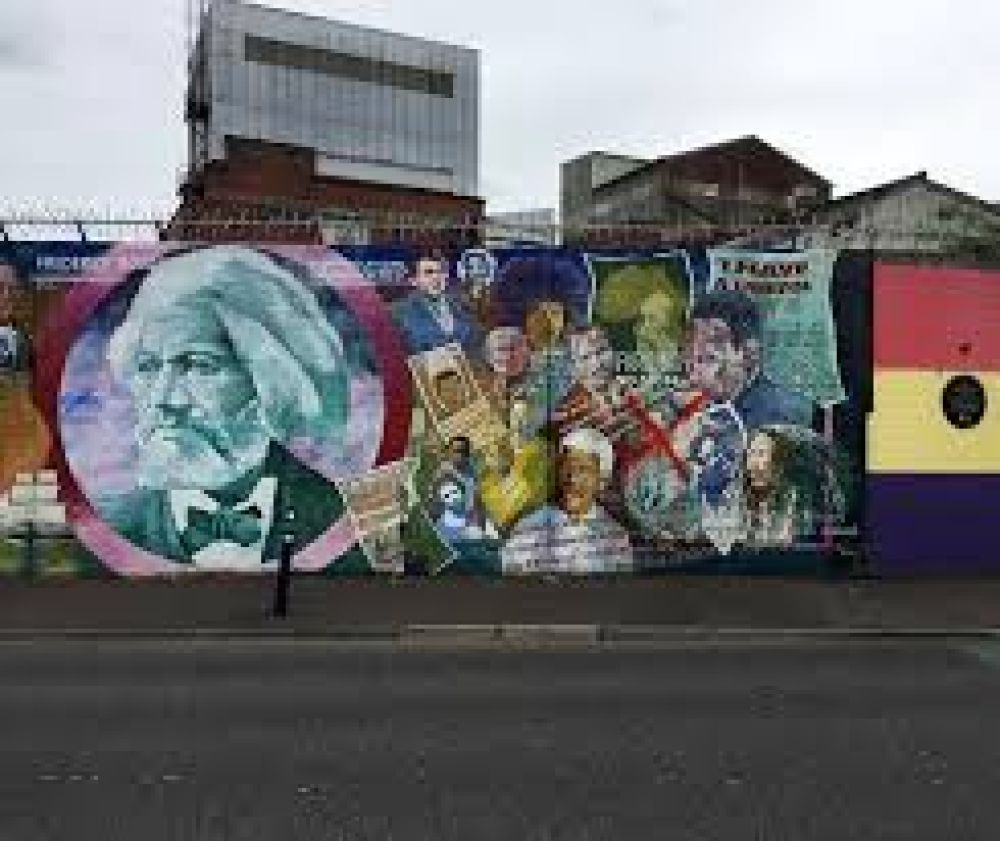The Peace Walls and Political Murals in Belfast, United Kingdom, are significant historical symbols representing the city’s past conflicts and ongoing journey toward reconciliation. Constructed during the 'Troubles,' a period of ethno-political conflict in Northern Ireland, the Peace Walls were erected to separate predominantly nationalist and unionist neighborhoods and to reduce inter-communal violence. These imposing barriers, some extending over several miles and rising up to 25 feet, have become canvases for political expression, displaying murals that depict the aspirations, ideologies, and memories of the local communities. The murals traditionally reflect allegiance to either Nationalist or Unionist causes and commemorate figures and events from the conflict. Peace Lines, installed as temporary solutions in the 1960s and 1970s, have paradoxically become permanent fixtures. They are poignant reminders of Belfast's turbulent history and a living testament to the resilience of its people. Today, the murals serve as powerful symbols of peace and hope, and their stories form an integral part of guided tours, offering visitors a profound insight into Northern Ireland’s complex socio-political landscape.

